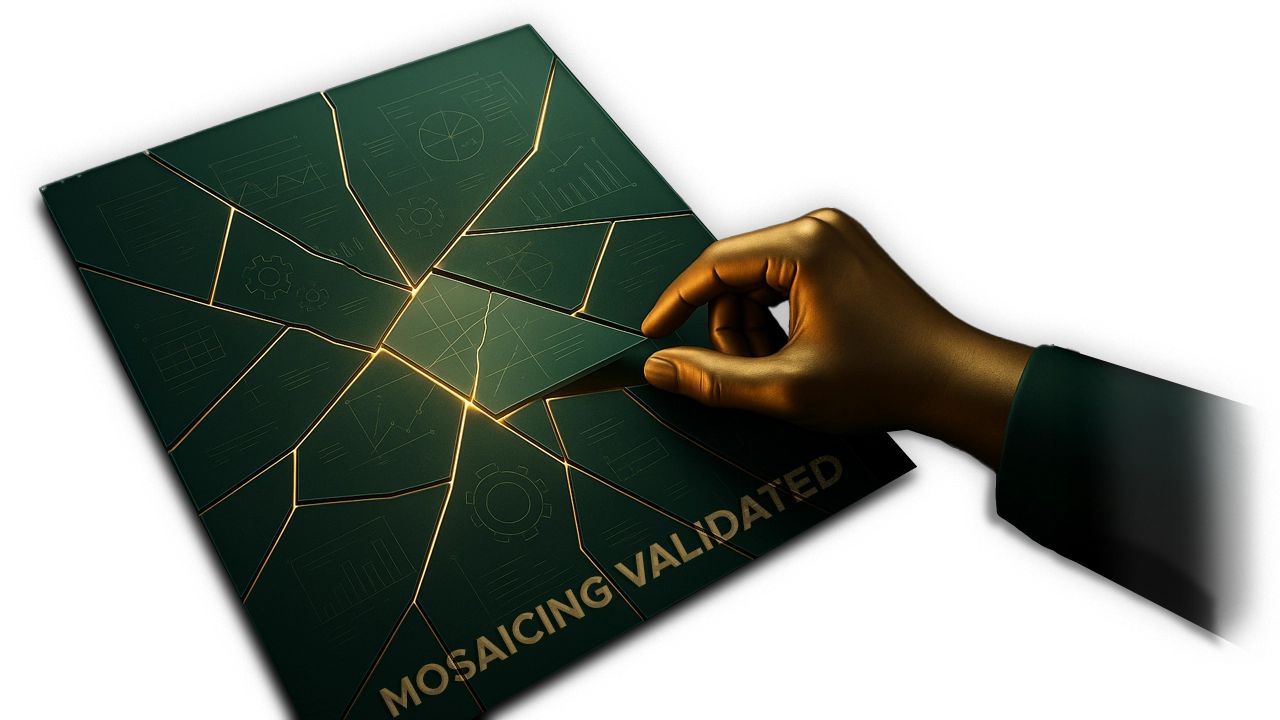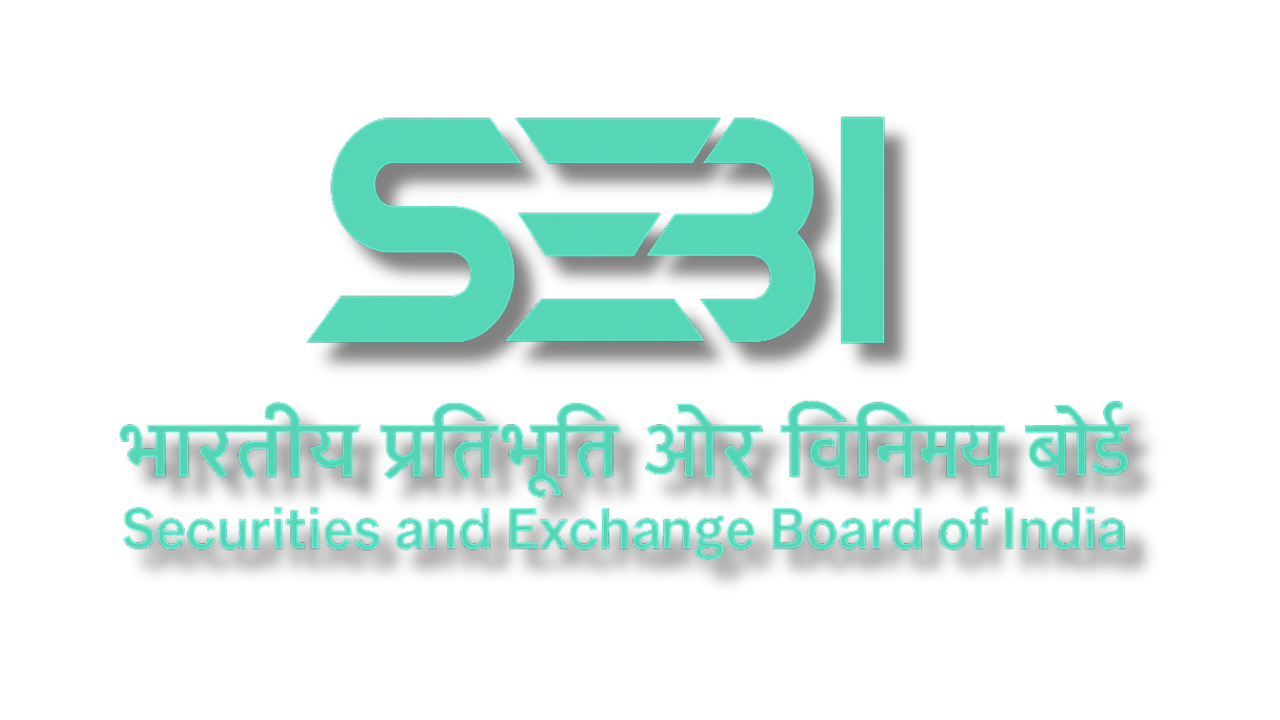Introduction
In a ruling that underscores the rigorous standards of Indian patent law, the Delhi High Court in Saint Gobain Glass France v. Assistant Controller of Patents and Designs1 decisively affirmed the Patent Office’s rejection of a patent application filed by Saint-Gobain Glass France for a novel glass coating. This significant decision hinges on the invention’s fundamental failure to meet the crucial test of “inventive step” under Section 2(1)(ja) of the Patents Act,1970. The judgment powerfully reinforces the principle that mere improvements or routine combinations of existing knowledge are insufficient for patentability, mandating a true technical advance that is non-obvious to a person skilled in the art. This case stands as a clear precedent, signaling the judiciary’s commitment to upholding the strict requirements for genuine innovation in the face of what may be perceived as incremental enhancements.
The core of the dispute centered on Saint-Gobain’s application for a patent on a glazing material comprising a stack of thin layers with a silver-based functional layer, aiming for high external reflection and neutral transmission colours. The Patent Office initially raised multiple objections, including a lack of novelty and inventive step, ultimately refusing the application because the claimed advantages were unsupported by credible experimental evidence, showed no significant progress over existing prior art, and could have been achieved through routine optimisation by an ordinary skilled professional.
The Court’s scrutiny, grounded in the Supreme Court’s mandate in Novartis AG v. Union of India2, first assessed whether the invention demonstrated the required technical advancement or economic significance. The analysis critically examined Saint-Gobain’s own comparative data and expert testimony, which were found to be insufficient, showing no significant improvement in key parameters like solar factor and energy transmission. Furthermore, the discovery of discrepancies and alterations in the submitted data severely undermined the credibility of the evidence, leading the Court to conclude that the invention failed to establish the necessary technical leap.
Applying the five-step F. Hoffmann-La Roche v. Cipla3 test for inventive steps, the Court determined the invention was obvious and amounted to nothing more than routine optimisation. The differences between the claimed coating and the existing prior art were considered within the routine skill of a “person skilled in the art” (PSITA), lacking any inventive ingenuity, an observation affirmed by the precedent in Bishwanath Prasad Radhey Shyam v. Hindustan Metal Industries4. Crucially, the Court upheld the Patent Office’s methodology against Saint-Gobain’s challenge that it engaged in improper hindsight reconstruction by “mosaicing” features from different prior art documents. Citing cases like Mahesh Gupta v. Controller of Patents & Designs, the Court affirmed that combining multiple prior art references is legally sound when a skilled person would be naturally motivated to do so, particularly when the documents address related technical problems. Since all cited references concerned similar coated glass substrates, functional layers, and materials, the synthesis of these teachings was deemed legitimate.
Finally, the Court clarified the nature of the PSITA, drawing from Rhodia Operations v. Controller of Patents & Designs5, as an individual possessing greater-than-average competence and practical knowledge, but expressly lacking inventive capacity. Given the shared objectives and structural similarities among the prior art documents, the Court concluded that this skilled person, conversant with glass manufacturing, would have been naturally motivated to combine the known elements to achieve the claimed results, thus solidifying the ruling that the invention lacked the requisite inventive step.
Conclusion
The Delhi High Court’s ruling in Saint Gobain Glass France v. Assistant Controller of Patents and Designs establishes a firm precedent for the “inventive step” requirement under Indian patent law. The Court decisively affirmed the Patent Office’s rejection of the patent application for a novel glass coating, concluding that it failed to demonstrate the necessary technical advancement over existing knowledge. This conclusion was rooted in two key findings: first, the applicant’s own data was found to be insufficient and lacked credibility in showing any significant improvement in parameters like solar factor; and second, the claimed invention was deemed obvious, amounting to mere routine optimisation that a “person skilled in the art” (PSITA) could achieve. Furthermore, the Court legitimized the Patent Office’s approach of “mosaicing” prior art combining multiple existing documents as permissible when a PSITA would be naturally motivated to do so, solidifying the judgment that the invention was an unpatentable, obvious variant of known technology.
Citations
- Saint Gobain Glass France v. Assistant Controller of Patents and Designs C.A.(COMM.IPD-PAT) 13/2024 with I.A. 8216/2024
- Novartis AG v. Union of India (2013) 6 SCC 1
- F. Hoffmann-La Roche v. Cipla RFA(OS) 92/2012 AND RFA(OS) 103/2012
- Bishwanath Prasad Radhey Shyam v. Hindustan Metal Industries (1979) 2 SCC 511
- Mahesh Gupta v. Controller of Patents & Designs (2024 SCC OnLine Del 4000)
- Rhodia Operations v. Controller of Patents & Designs (2024 1 HCC (Mad) 140)
Expositor(s): Adv. Archana Shukla






